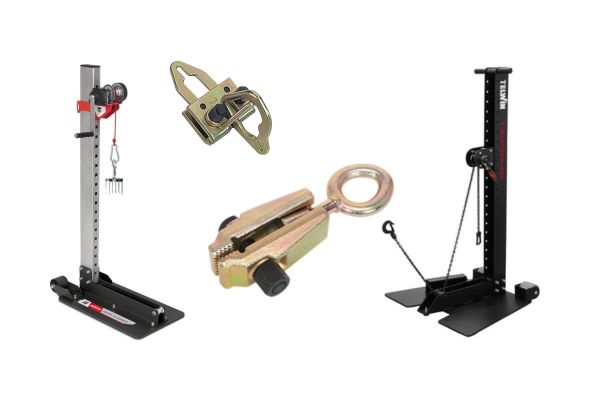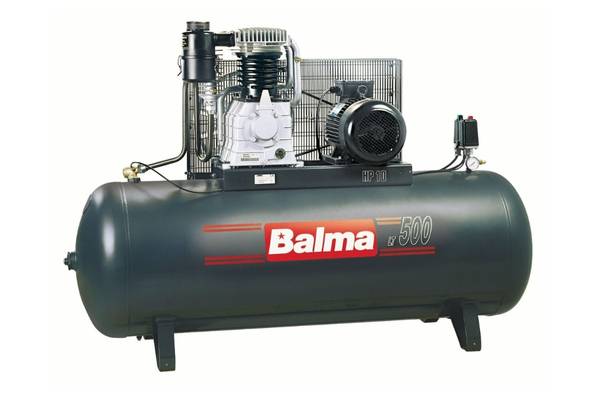Your Cart is Empty
Need Some Help? 0161 223 1843
Need Some Help? 0161 223 1843
BODYSHOP
WORKSHOP
WELDING
TOOLS

What Is Pulsed MIG Welding?
August 08, 2021 3 min read
PULSED MIG WELDING: HOW IT WORKS-4
What Is Pulsed Welding
Pulsed welding is where a constantly changing low and high current is produced at a given frequency by the welding machine. This pulsing high low effect means not as much heat is put into the weld seam enabling thinner materials to be welded. It's especially useful when aluminium welding.
How do pulsed inverters work?
Let us see if we can explain something quite complicated in simple terms, a welding Inverter first rectifies and changes the AC mains input to DC. In doing this you get a step up in voltage. This higher DC voltage is then inverted and run through a stepdown transformer. Normal AC mains supply is 50Hz or shall we say 50 heat inputs per second, while an inverter can produce 10000 Hz or 10000 heat inputs per second This means the transformer can be smaller than a conventional transformer MIG welder hence the lightweight and compact size.
The beauty of an inverter though is that we can do many things with this inverted DC, we can square wave it, pulse it, slope it in and out and much more. This means that inverters can easily be MIG TIG MMA welding units.
Pulsed Welding
Pulsed welding is a controlled spray performed by inverter welding equipment. (MIG/MAG WELDING: HOW IT WORKS-3)
To create spray in mild steel using 0.8mm welding wire with an Argon 95-5 gas mix you will need:
|
Wire Size UK
|
Wire Size US | Welding Current |
| 0.6mm | 0.0236" | 135A |
| 0.8mm | 0.0315" | 150A |
As shown above, awelding current needs to be above 150 amps thus making welding thin materials impossible as its continuously hot, but with a pulsed welding arc, the machine drops from 150 to 50 many times per second creating a cooling effect to each hot pulse. (in our example).
This is how we are able to weld thinner materials.

This Hot / Cold effect is what produces the penny stacking effect on aluminium welds as the drop-down from 150 amps supercools the weld pool crating the penny effect.
What is pulsed MIG welding used for?
Pulsed welding Is generally used for aluminium welding as the pulse gives a softer less aggressive action on the aluminium with more heat. This extra heat gives greater penetration.
Advantages Of Pulsed Welding
The advantages of pulsed welding are:
- Reduced spatter as the dropule is liquid and "drops" into the weld pool much like someone going across the material with an eyedropper dripping liquid onto the job. Dip transfer, on the other hand, is like somebody quickly and repeatably dipping their finger into a cup of tea causing splashing.
- High deposition rates ( up to 20% quicker welding than dip transfer)
- Strong fusion,
- Good weld appearance as the weld is more liquid and is hotter, this gives a smoother appearance.
- Its disadvantages include high heat input, a limited range ofwelding positions and proneness to burn-through on thin materials.
- Brilliant for aluminium and MIG Braze welding
Disadvantages
- High heat input, remember this is pulsed spray weld that is peaking at 150amps in our example between 30 to 50 times a second. This peaking pulse will create extra heat
- Possible burn-through in thinner materials

What Is Pulse On Pulse Welding
Pulse on pulse, twin pulse or POP are all the same thing really, just differing manufacturers names. Basically the unit pulses as we have described but in between this the feed motor pulses and breaks too. this creates the herringbone effect to a weld bead. It tends to be only used with aluminium welding.
Leave a comment
Comments will be approved before showing up.














































